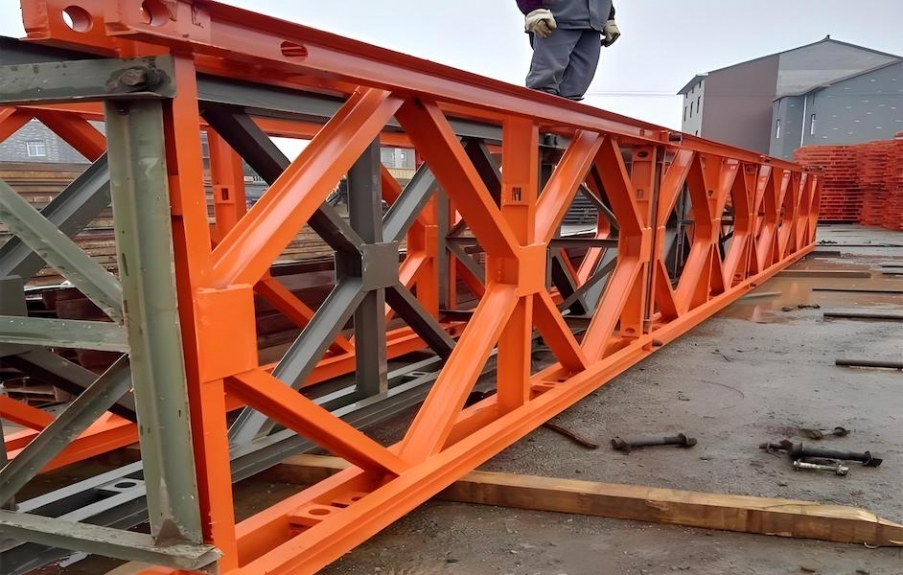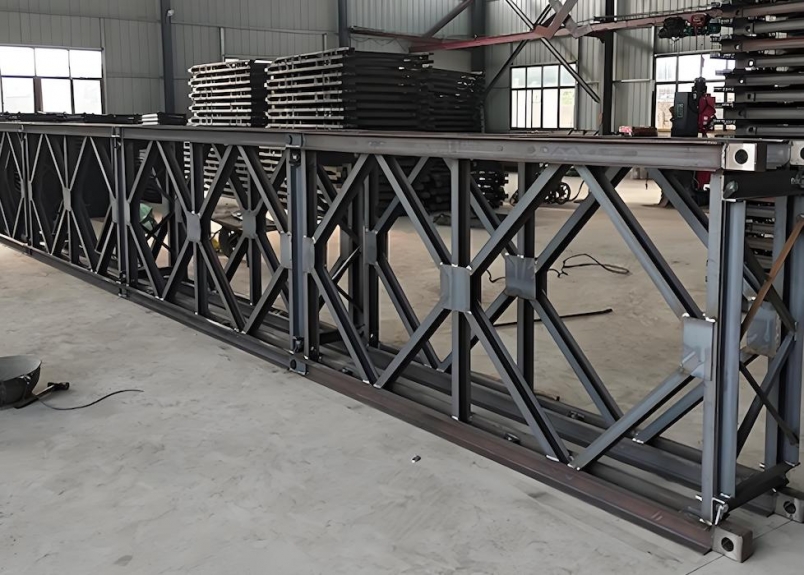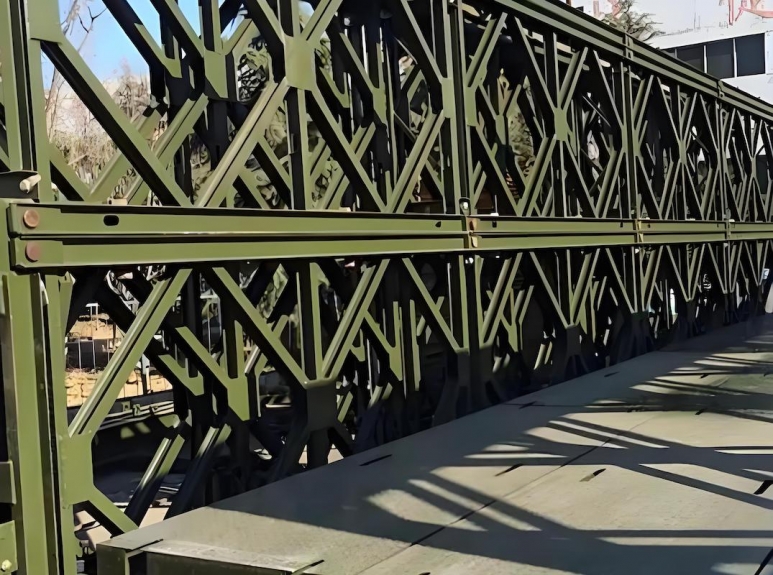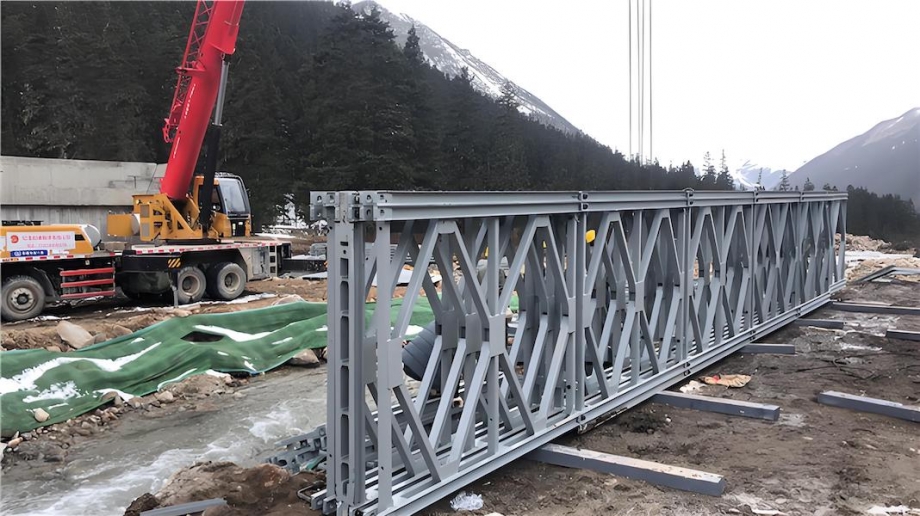Portable bridges are essential structures used in various applications, from construction sites to emergency response scenarios. Their versatility and ease of installation make them a popular choice for temporary crossings over obstacles like rivers, streams, and uneven terrain. This article explores the best practices for installing and maintaining portable bridges, ensuring safety, functionality, and longevity.
Understanding Portable Bridges
Definition and Types
Portable bridges are temporary structures designed to provide safe passage over obstacles. They come in various types, including timber, steel, and composite materials. Each type has its unique advantages and is suited for different applications. Timber bridges are often favored for their lightweight and cost-effectiveness, making them ideal for short-term projects. Steel bridges, on the other hand, offer greater durability and load-bearing capacity, making them suitable for heavy traffic and longer spans. Composite materials combine the benefits of both timber and steel, providing a lightweight yet strong option that is resistant to environmental degradation. Understanding these differences is crucial for selecting the right bridge for specific needs.
Applications
Portable bridges are used in numerous scenarios, including:
Construction Sites: Providing access for vehicles and equipment, portable bridges facilitate the movement of materials and personnel across challenging terrains. They are particularly useful in remote locations where permanent infrastructure is not feasible.
Emergency Response: In disaster-stricken areas, portable bridges allow quick access for rescue teams and supplies, enabling timely assistance to affected populations. Their rapid deployment can be critical in saving lives and restoring normalcy.
Logging Operations: These bridges facilitate the movement of timber across waterways, minimizing environmental impact and reducing the need for permanent structures that could disrupt local ecosystems.
Military Operations: Portable bridges enable troop and equipment movement in challenging terrains, ensuring that military operations can proceed without delays caused by natural obstacles.

Best Practices for Installation
Site Assessment
Before installation, a thorough site assessment is crucial. This involves evaluating the terrain, soil conditions, and environmental factors. Key considerations include:
Load Capacity: Ensure the bridge can support the expected load. This involves calculating the maximum weight the bridge will need to bear, including vehicles, equipment, and personnel.
Water Flow: Assess the water level and flow rate to avoid flooding. Understanding seasonal changes in water levels can help in planning the installation and ensuring the bridge remains safe throughout its use.
Soil Stability: Check for soft or unstable ground that may require additional support. Soil testing can provide valuable information about the load-bearing capacity of the ground and inform decisions about foundation design.
Choosing the Right Bridge
Selecting the appropriate type of portable bridge is vital. Factors to consider include:
Material: Choose between timber, steel, or composite based on the specific needs of the project. Each material has its own set of advantages and disadvantages, which should be weighed against the project requirements.
Span Length: Ensure the bridge can span the required distance without compromising safety. Longer spans may require additional supports or specific design features to maintain stability.
Weight: Consider the weight of the bridge for ease of transport and installation. Lighter bridges can be easier to handle and set up, especially in remote locations where heavy machinery may not be available.
Installation Techniques
Proper installation techniques are essential for ensuring the bridge's stability and safety. Key steps include:
Foundation Preparation: Clear the area and prepare a stable foundation. This may involve leveling the ground or adding support materials, such as gravel or concrete, to create a solid base for the bridge.
Alignment: Ensure the bridge is aligned correctly with the approach paths to prevent accidents. Misalignment can lead to dangerous situations, especially when vehicles are crossing.
Securing the Bridge: Use appropriate anchoring methods to secure the bridge in place, preventing movement during use. This may involve using stakes, cables, or other anchoring systems designed to withstand environmental forces.

Safety Measures
Safety should always be a priority during installation. Implement the following measures:
Personal Protective Equipment (PPE): Ensure all workers wear appropriate PPE, including helmets, gloves, and safety boots. This helps protect against potential hazards during the installation process.
Signage: Place warning signs around the installation site to alert personnel of potential hazards. Clear communication about risks can help prevent accidents and injuries.
Training: Provide training for all personnel involved in the installation process to ensure they understand safety protocols. Regular safety drills can reinforce the importance of following established procedures.
Maintenance Best Practices
Regular Inspections
Conducting regular inspections is crucial for maintaining the integrity of portable bridges. Inspections should focus on:
Structural Integrity: Check for signs of wear, damage, or corrosion. Regular assessments can help identify issues before they become serious problems, ensuring the bridge remains safe for use.
Load Capacity: Ensure the bridge can still support the intended loads. Changes in usage patterns or environmental conditions may affect the bridge's performance over time.
Environmental Impact: Monitor the surrounding environment for changes that may affect the bridge's stability. This includes observing erosion, vegetation growth, and water levels.
Cleaning and Upkeep
Keeping the bridge clean and well-maintained extends its lifespan. Regular maintenance tasks include:
Debris Removal: Clear any debris or vegetation that may obstruct the bridge or its supports. Accumulated debris can create hazards and lead to structural issues.
Surface Treatment: Apply protective coatings to prevent corrosion and decay, especially for timber bridges. Regular treatment can significantly extend the life of the materials used in the bridge.
Repairing Damage: Address any signs of damage immediately to prevent further deterioration. Prompt repairs can save time and resources in the long run.
Documentation and Record-Keeping
Maintaining detailed records of inspections, maintenance activities, and repairs is essential. This documentation helps track the bridge's condition over time and informs future maintenance decisions. A well-maintained log can also assist in compliance with regulatory requirements and provide valuable information for future projects.

Environmental Considerations
Minimizing Impact
When installing and maintaining portable bridges, it is essential to minimize environmental impact. Best practices include:
Erosion Control: Implement measures to prevent soil erosion around the bridge site. This may involve planting vegetation or using erosion control mats to stabilize the soil.
Wildlife Protection: Be mindful of local wildlife and avoid disrupting their habitats during installation and maintenance. Conducting environmental assessments can help identify sensitive areas that require special attention.
Sustainable Materials: Whenever possible, use environmentally friendly materials for bridge construction and maintenance. This not only reduces the ecological footprint but can also enhance the project's public perception.
Compliance with Regulations
Ensure that all installation and maintenance activities comply with local regulations and environmental guidelines. This may involve obtaining permits or conducting environmental assessments before beginning work. Staying informed about regulatory changes can help avoid legal issues and promote responsible practices.
Conclusion
Portable bridges are invaluable tools in various industries, providing essential access and connectivity. By following best practices for installation and maintenance, users can ensure these structures remain safe, functional, and environmentally responsible. Regular inspections, proper site assessments, and adherence to safety protocols are critical components of effective portable bridge management. With careful planning and execution, portable bridges can serve their purpose efficiently and sustainably for years to come. The investment in proper installation and maintenance not only enhances safety but also maximizes the utility and lifespan of these essential structures.

Frequently Asked Questions regarding Portable Bridges
1. What factors should be considered when selecting a portable bridge?
When selecting a portable bridge, consider the following factors: the material (timber, steel, or composite), the required span length, the expected load capacity, the weight of the bridge for transport, and the environmental conditions at the installation site.
2. How often should portable bridges be inspected?
Portable bridges should be inspected regularly, ideally at least once every six months. However, inspections should be conducted more frequently if the bridge is subjected to heavy use, adverse weather conditions, or after significant events such as floods or storms.
3. What are common signs of wear or damage in portable bridges?
Common signs of wear or damage include visible cracks or splits in the materials, rust or corrosion on metal components, loose or missing fasteners, and any signs of sagging or misalignment. Regular inspections can help identify these issues early.
4. How can environmental impact be minimized during the installation of portable bridges?
To minimize environmental impact, conduct thorough site assessments to avoid sensitive areas, implement erosion control measures, use sustainable materials, and ensure compliance with local environmental regulations. Additionally, avoid disrupting local wildlife habitats during installation.
5. What safety measures should be implemented during the installation of portable bridges?
Safety measures during installation should include providing personal protective equipment (PPE) for all workers, placing warning signs around the site, ensuring proper training for personnel, and conducting safety briefings to address potential hazards associated with the installation process.






